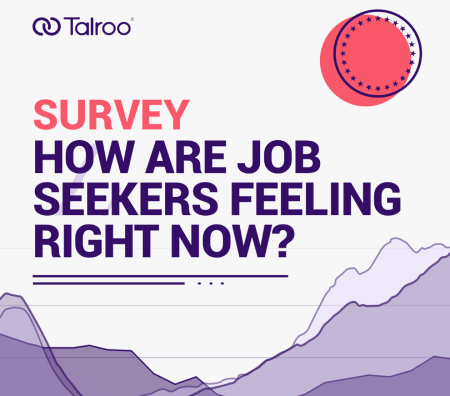
November 2020 Survey: Job Seeker Fatigue
2020 has been a harsh year for Americans. Results of our November survey show ‘job seeker fatigue’ creeping in.
-
Discover the current state of the labor market
-
Learn about the changing labor landscape
-
See Talroo's proprietary labor market insights
-
Find out how interest and activity is shifting
